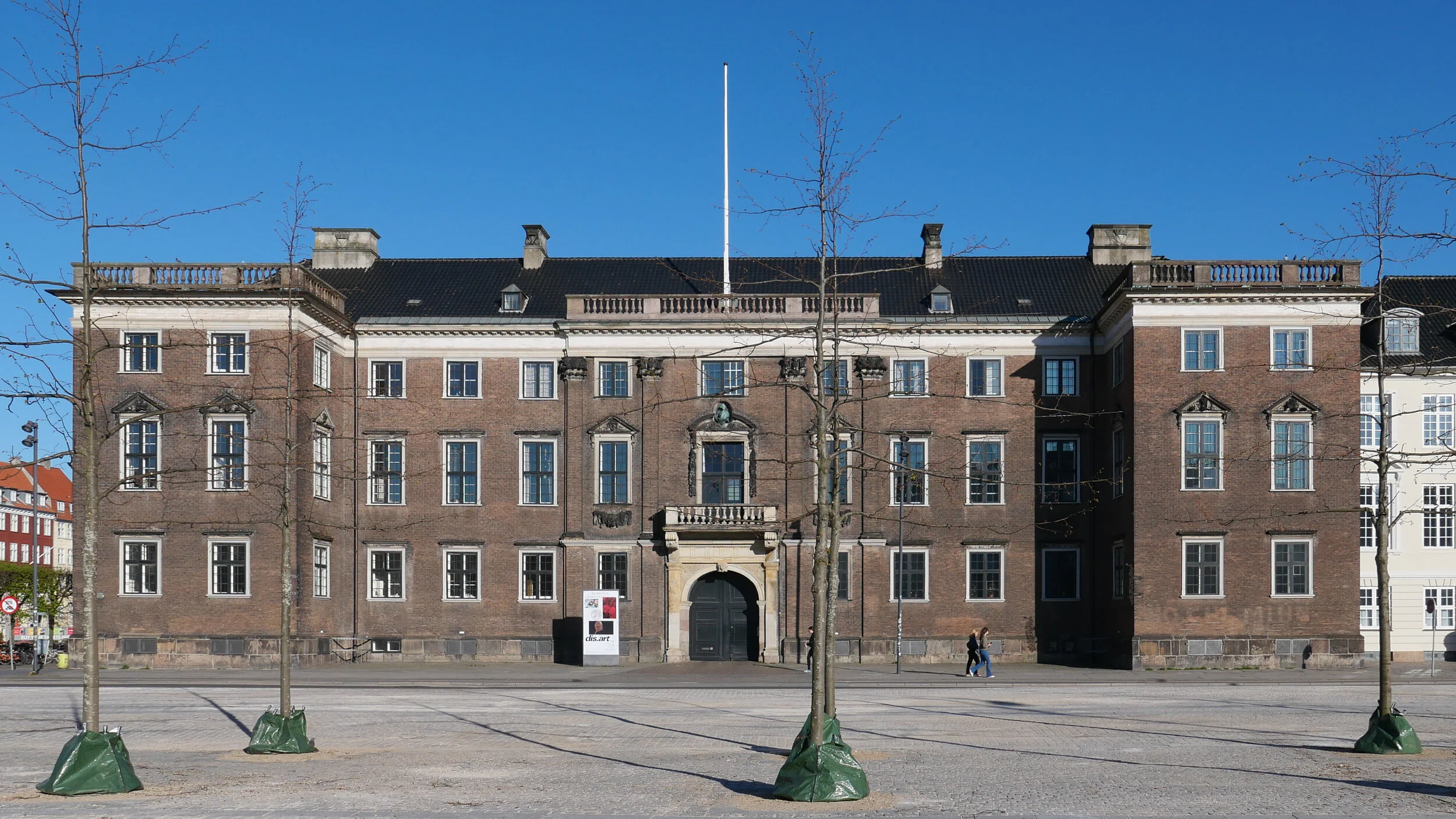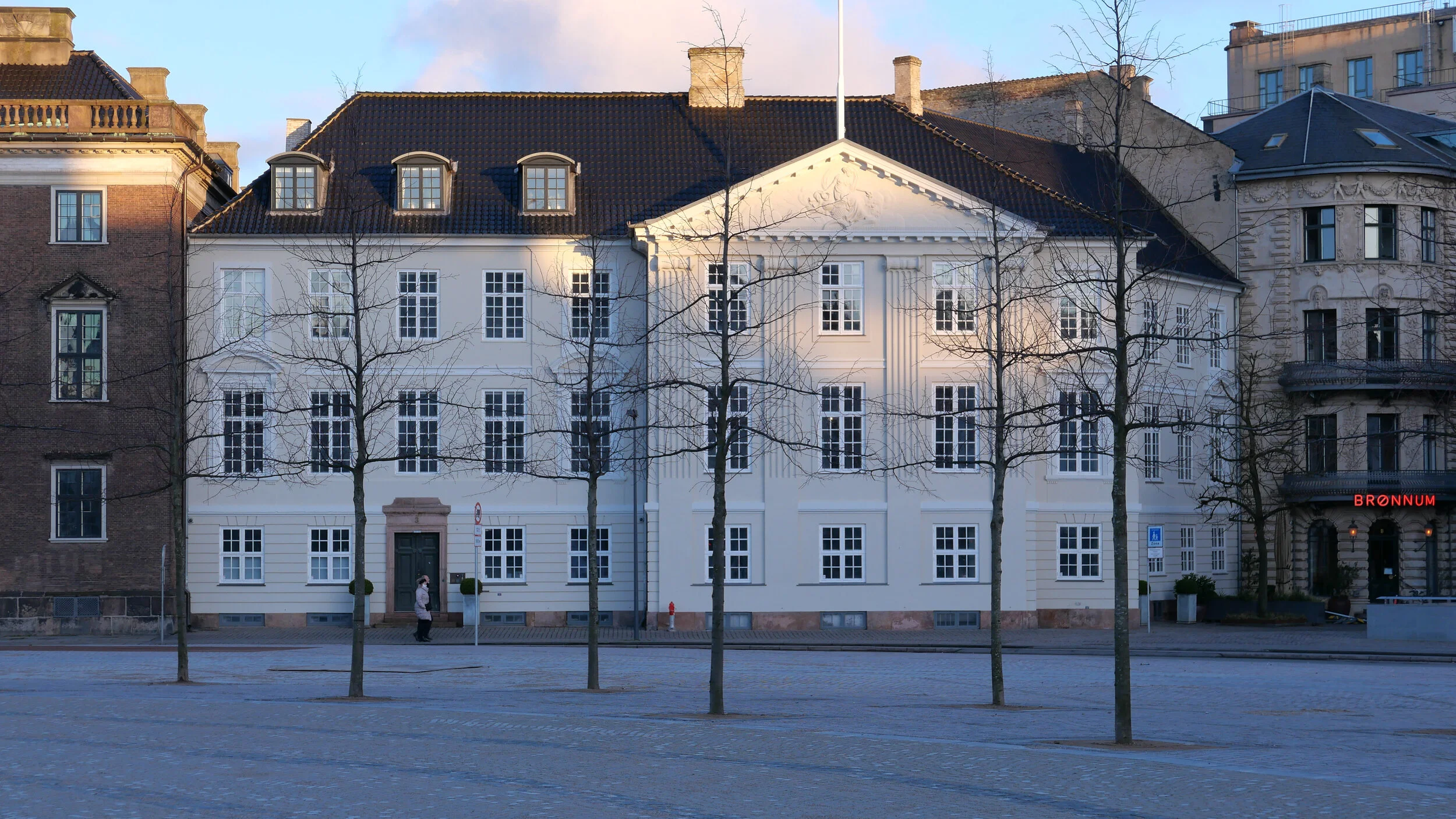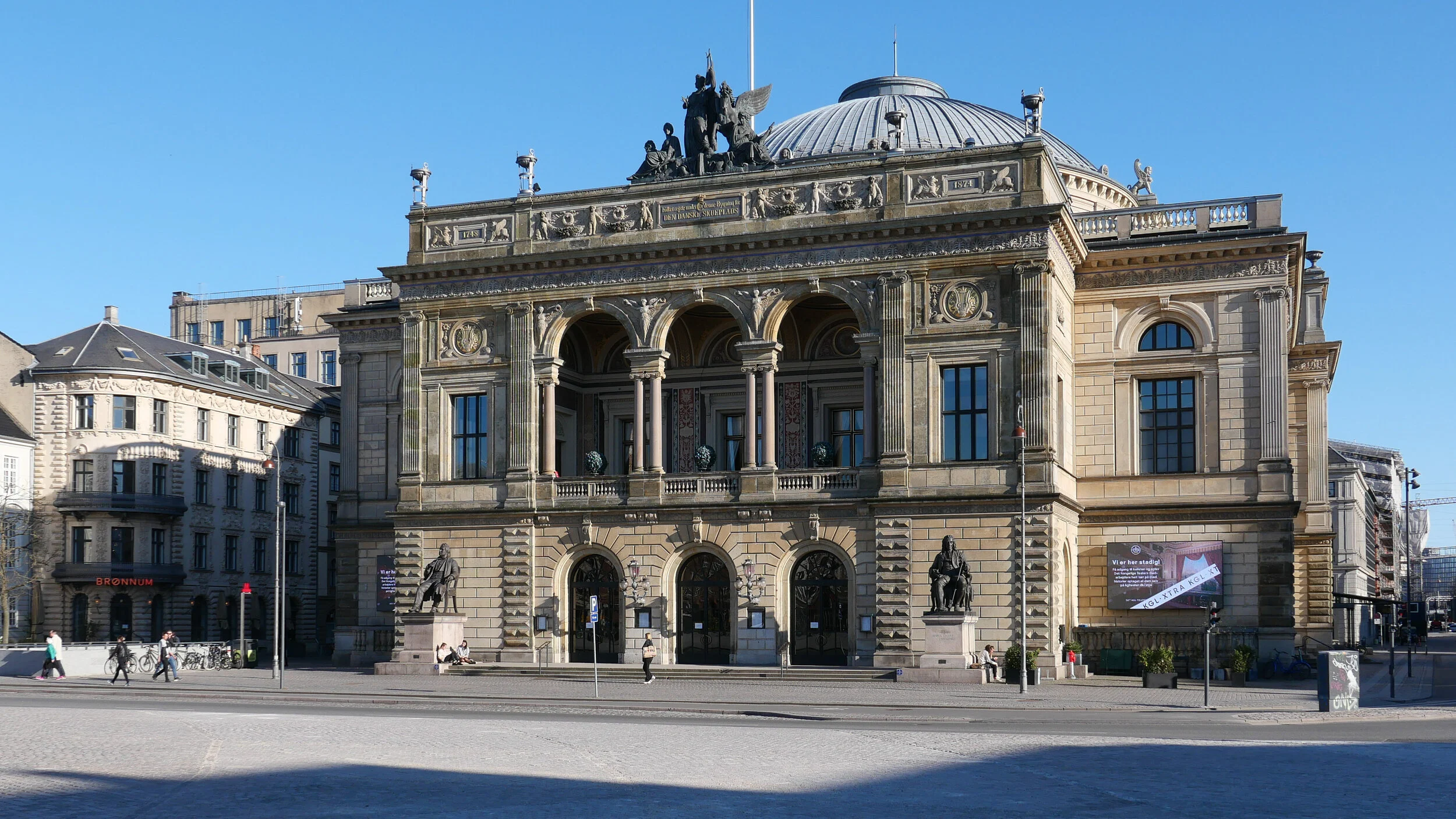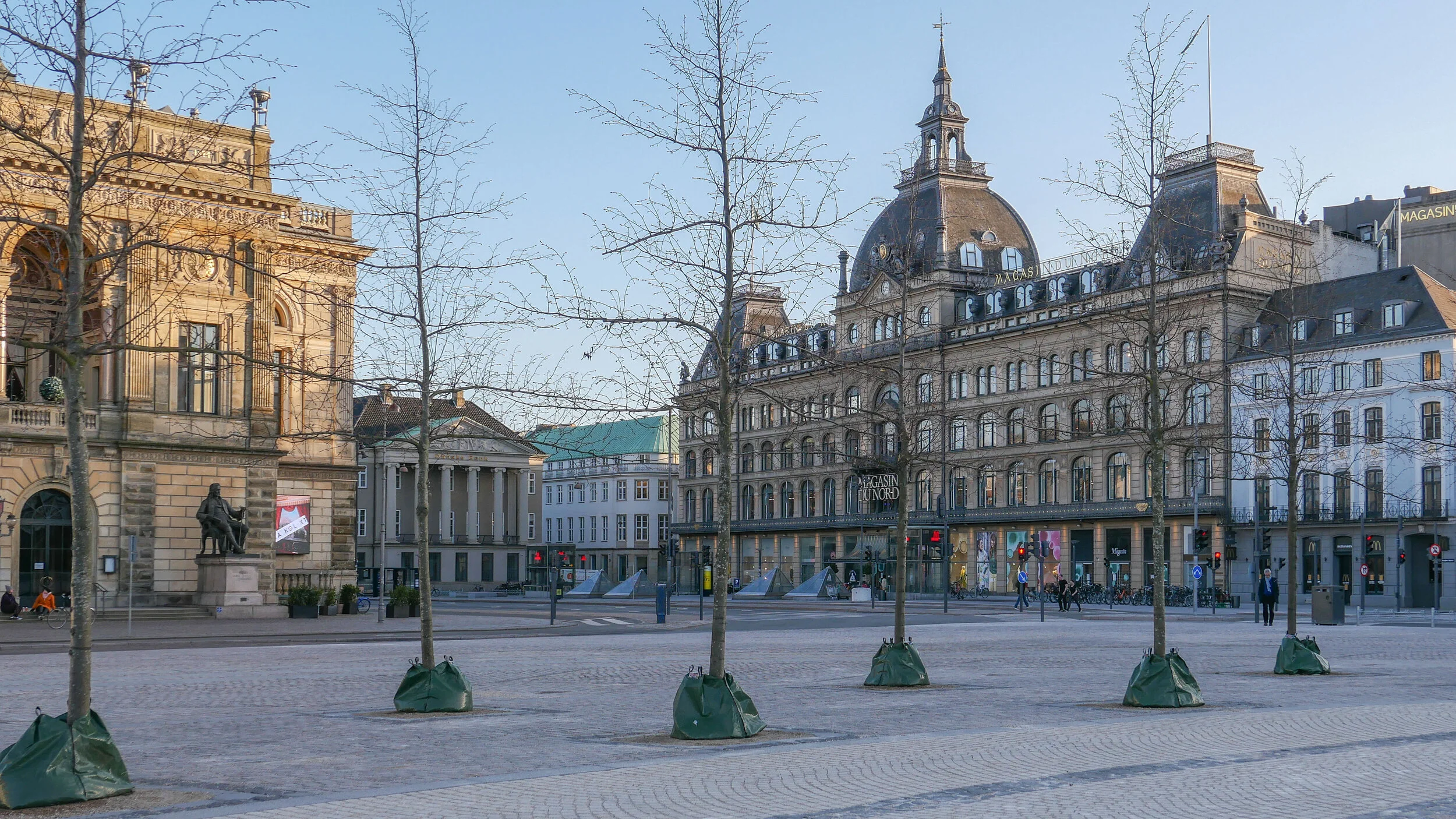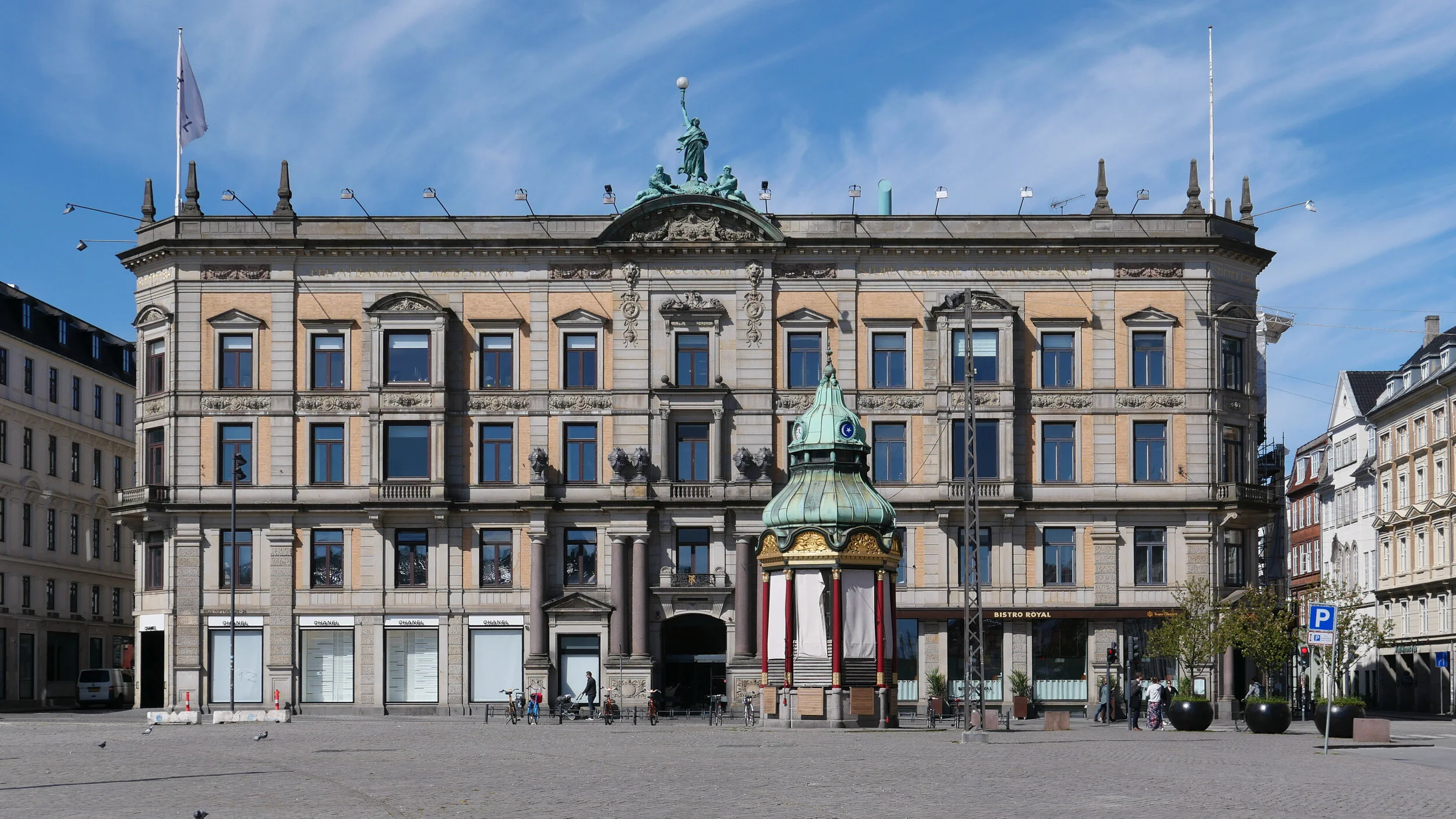Kongens Nytorv through the lockdown
/
It's strange, but the coronavirus lockdown has changed my approach to photography …. or, at least, it has made me think about why and how I take photographs of the city.
Here in Copenhagen, if anyone has any symptoms of the virus, they have to remain at home and indoors but otherwise everyone has been allowed to go outside if it is for essential shopping or if they have a key job and cannot work from home or if they need to exercise and get some sun and fresh air.
For obvious reasons - so for this blog - I always have a camera with me so, when the lockdown was announced, I wondered if this could be a chance to take at least some photographs of streets and buildings clear of cars and people as long as I was on my way to buy food and as long as I kept well away from other people …... well the whole point of taking the photographs was to be well away from people. Normally, when taking photographs around the city, I spend a lot of time waiting for people or cars or bikes to move out of shot.
I live just 300 metres from Kongens Nytorv - the very large square at the east end of the old city - what is sometimes called the medieval city although few medieval buildings survived the various fires and bombardments.
And when I go out, more times than not, I have to walk around or across the square. And around the square are some amazing buildings.
Kongens Nytorv was laid out in the 1670s, immediately outside the old east gate of the city, as Copenhagen was enlarged and extended to the north, and the buildings here on the square include palaces from the 17th century and grand houses from the 18th century; a large and elaborate theatre rebuilt in the 19th century; a major hotel with an ornate façade and an early and grand department store - both dating from the second half of the 19th century - and there are banks and other major buildings.
I've taken a number of photographs over the last few weeks and they are fine …. they are posted here … but they are, quite literally, lifeless.
At least, what they do show very clearly, is that a city is not it's buildings, however grand or however beautiful, but nor is a city about just its people. A city is about how and why a major settlement develops and evolves and why and when buildings were built by and for people and it's about how people have used those buildings and about how and why, over the years, many of those buildings have been altered or demolished and replaced because the way people use the city has changed.
A city is and has to be dynamic.
That's not to say my photographs will change that much in the future but I'll certainly worry less about waiting for people to move out of the way and think more about how people included in the photograph could show how the building or the street works or doesn't work.


